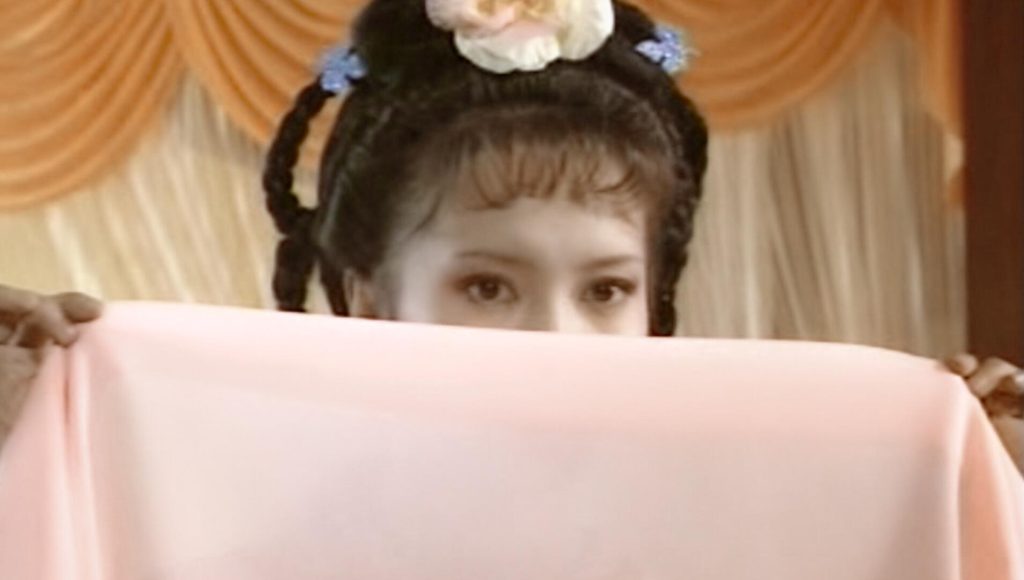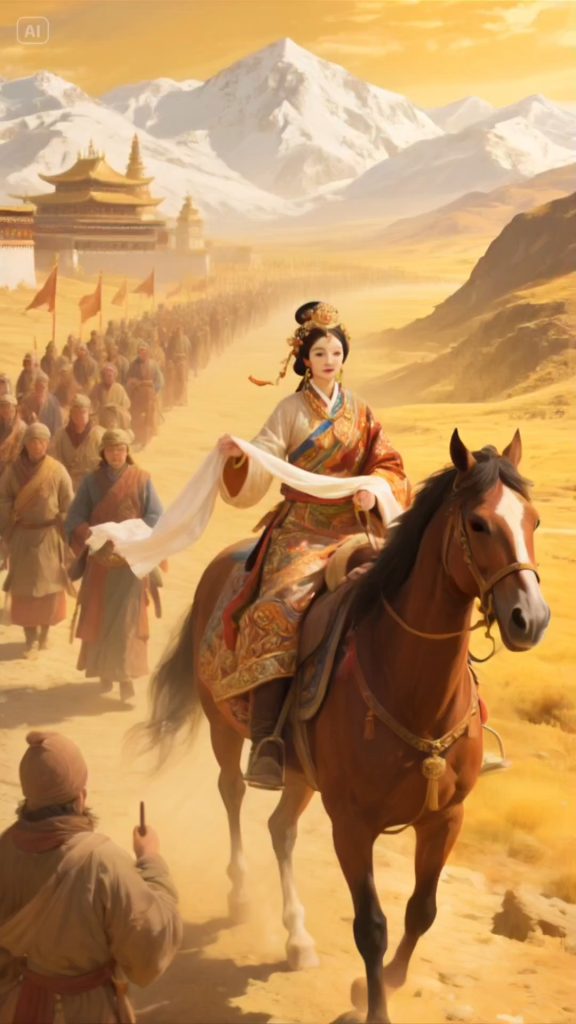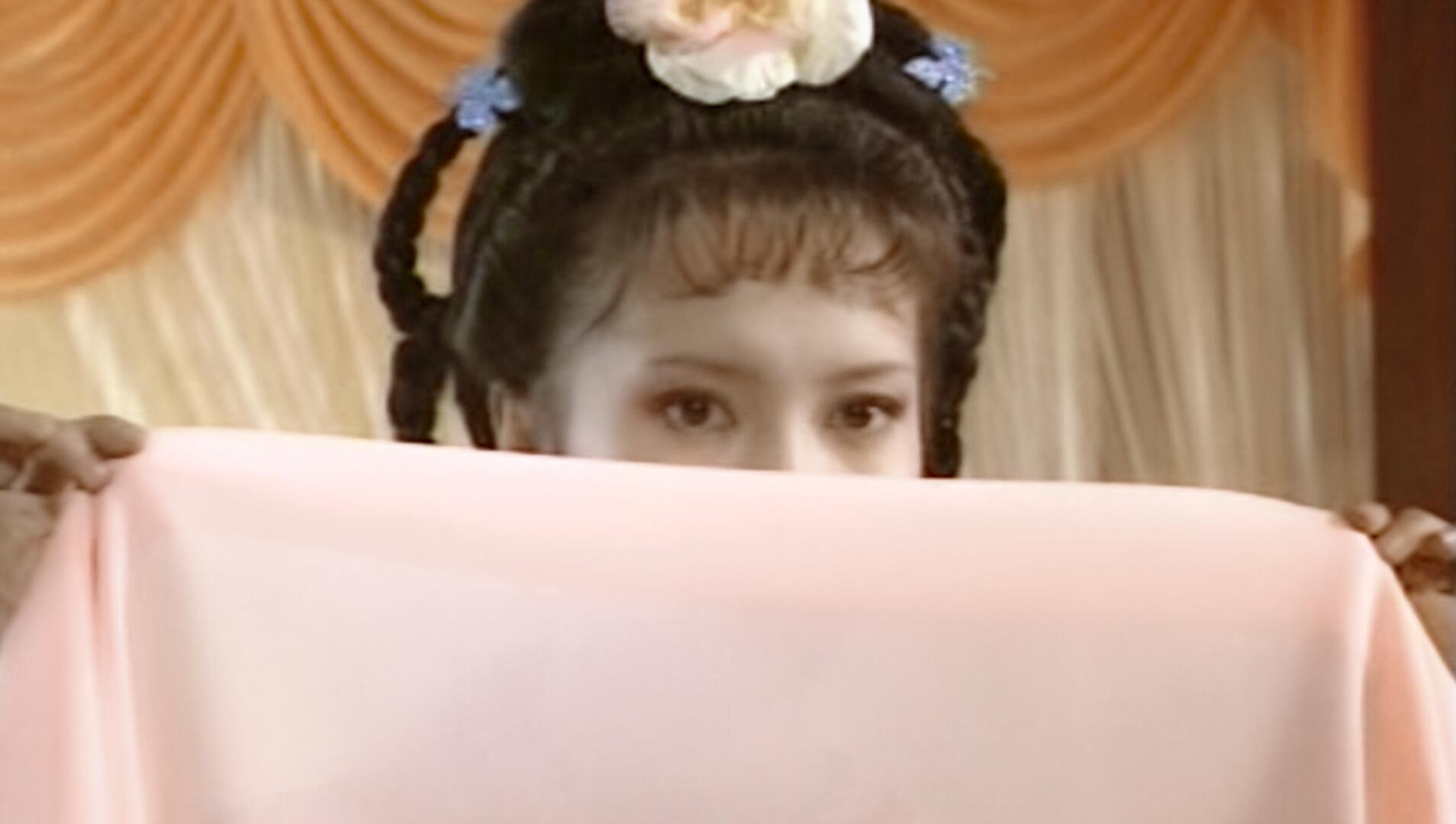For those who are very interested in Li Longji and Xue Chongjian, the History Encyclopedia editor brings detailed articles for your reference.

In 713 AD, Princess Taiping’s conspiracy to rebel failed and she fled to a deep mountain temple to hide for three days. When she returned home, she was executed by Emperor Xuanzong of Tang, Li Longji. All of Princess Taiping’s descendants and followers were executed, but her second son Xue Chongjian was spared from the death penalty and remained in his original position. Why is this?
The story begins with Xue Chongjian’s mother, Princess Taiping.
Smart and strategic since childhood

Princess Taiping was the daughter of Emperor Gaozong of Tang, Li Zhi, and Empress Wu Zetian, while Emperor Zhongzong of Tang, Li Xian, and Emperor Ruizong, Li Dan, were the elder brothers of Princess Taiping.
Although she was the daughter of Emperor Gaozong and Empress Wu Zetian, Princess Taiping did not even leave her own name in history, and her birth date was inferred. This is a true portrayal of the status of women in feudal society. At that time, there were too few flattery historians and no one paid attention to the daughters of leaders.
We can see Princess Taiping’s cleverness and strategy from specific events.
When Princess Taiping was eight years old, she voluntarily proposed to become a nun and pray for her deceased grandmother’s blessings. She successfully became a female Taoist and this practice was particularly popular in the Tang Dynasty. Since she became a nun, she needed a Taoist name, which was “Taiping”. This is also the reason why she was called Princess Taiping in later generations.
Although Princess Taiping became a monk to pray for blessings, she did not go to live in a Taoist temple. Instead, she stayed in the palace, which was more convenient than practicing Buddhism. However, Princess Taiping’s move undoubtedly won the heart of Empress Wu Zetian.
Once, Princess Taiping was dancing in front of Emperor Gaozong and Empress Wu Zetian wearing the attire of a military officer. Emperor Gaozong smiled and asked Princess Taiping, “Why do you still have to wear such clothes when your daughter’s family cannot become a military officer
Princess Taiping replied, ‘Father, the emperor can bestow a son-in-law’s horse.’ Tang Gaozong understood that his daughter was implying that he was selecting a son-in-law’s horse for her.
In 681 AD, Emperor Gaozong of Tang, Li Zhi, chose his nephew Xue Shao as his son-in-law. The wedding of Princess Taiping was held in Wanning County near Chang’an City, and the scale of the wedding was naturally very luxurious and spectacular.
Princess Taiping’s Two Marriages
Princess Taiping’s marriage to Xue Shao was the idea of Emperor Gaozong of Tang, Li Zhi. Xue Shao’s mother, Princess Chengyang, was Li Zhi’s younger sister, but Wu Zetian was not satisfied with Xue Shao. She always wanted Princess Taiping to get rid of the Xue family.
Wu Zetian finally found an opportunity. In 688 AD, Xue Shao’s brother was involved in a rebellion and was executed by Wu Zetian. Originally, Xue Shao had no connection, but under Wu Zetian’s instructions, he was punished with a hundred lashes and eventually starved to death in prison.
When Xue Shao was starving, Princess Taiping had already given birth to two sons (Xue Chongxun and Xue Chongjian) and two daughters with Xue Shao. And the second son Xue Chongjian had just reached one month old, and Xue Shao’s death had a huge impact on Princess Taiping, causing her to feel depressed and depressed from then on.
Wu Zetian couldn’t bear to see her beloved little daughter sink into despair like this, so she increased the number of households in Princess Taiping’s fiefdom to 1200. This was an exception in the Tang Dynasty, as it was clearly stipulated that the maximum number of households allowed to eat on the princess’s fiefdom was 350, which shows Wu Zetian’s love for Princess Taiping.
It was precisely because of Wu Zetian’s favor that some people interpreted her execution of Xue Shao as a manifestation of her love for her daughter. Because Wu Zetian was already planning to ascend the throne and court, Princess Taiping was inevitably subject to retaliation in Xue Shao’s family. Therefore, Wu Zetian insisted on killing Xue Shao and later remarried Princess Taiping to the Wu family.
Regardless of whether Wu Zetian was motivated by her love for her daughter or not, her execution of Xue Shao created a rift in the hearts of Princess Taiping, which had a significant impact on her future preference for her father Li Zhi over her mother Wu Zetian.
Wu Zetian chose her nephew Wu Chengsi for the widowed Princess Taiping for the first time, but Princess Taiping did not like him and ultimately abandoned the matter.
In 690 AD, Empress Wu Zetian married Princess Taiping to Wu Youji. Wu Youji originally had a family, but Empress Wu Zetian found an excuse to execute his wife.
Wu Youji’s personality is inherently cautious and humble. When encountering a strong mother-in-law like Wu Zetian, even if there are complaints in her heart, she dare not vent them. From Xue Shao’s death to Princess Taiping’s remarriage, in just two years, Princess Taiping underwent significant changes.
Since marrying Wu Youji, Princess Taiping has become temperamental, openly keeping male pets and engaging in adultery with court officials, doing all kinds of absurd things. Princess Taiping also gave her favorite male pet to Wu Zetian, which was Zhang Zongchang.
Active court with ambitious goals
During the reign of Empress Wu Zetian, Princess Taiping participated in many court affairs and helped her provide advice and strategies. In Wu Zetian’s later years, the conflict between the Li family and the Wu family gradually intensified. Although Princess Taiping was Wu Zetian’s beloved daughter, she stood on the side of the Li family in her heart, which means that Princess Taiping was more inclined towards her father Li Zhi.
In 705 AD, under the leadership of Prime Minister Zhang Jianzhi, supporters of the Li Tang Dynasty launched a divine dragon coup, forcing Empress Wu Zetian to abdicate and Crown Prince Li Xian to successfully ascend to the throne.
After Emperor Tang Zhongzong Li Xian ascended to the throne, Princess Taiping had already participated in court affairs openly and honestly. During the reign of Emperor Zhongzong of Tang, Li Xian, a female dominant figure emerged again – Empress Wei, who wanted to emulate Empress Wu Zetian. Empress Wei was very wary of Princess Taiping and attempted to kill her but failed.
In 707 AD, Empress Wei and Princess Anle poisoned and killed Tang Zhongzong Li Xian. One month later, Princess Taiping joined forces with Li Longji to launch an operation to kill Empress Wei.
Princess Taiping was unable to personally contact Li Longji, so she sent her second son Xue Chongjian to contact Li Longji. It was from then on that the friendship between Li Longji and Xue Chongjian gradually deepened.
After Empress Wei was executed, Li Longji’s father, Li Dan, ascended to the throne and became emperor. Li Long’s genetic achievements made him the crown prince, while Princess Taiping was highly valued by Li Dan for her contributions. Therefore, she intervened in many affairs in the court and her desire for power gradually swelled.
Emperor Ruizong of Tang, Li Dan, was already somewhat cowardly in character. He often asked Princess Taiping on the left and Li Longji on the right when it came to political affairs. As a result, the conflict between Princess Taiping and Li Longji gradually escalated.
Princess Taiping launched the attack first because there were seven prime ministers in the court at that time, five of whom were members of Princess Taiping. In 713 AD, Princess Taiping united with her vassals to abolish Emperor Xuanzong of Tang, Li Longji, and prepared to poison the Tianma powder that Emperor Xuanzong ate.
Unexpectedly, Li Longji received the news in advance and quickly quelled the rebellion of Princess Taiping and her group by contacting his trusted forces. In the end, Princess Taiping and her children were all executed, except for his second son Xue Chongjian who survived.
Why did Li Longji release Xue Chongjian alone
The interaction between Li Longji and Xue Chongjian still originated from the arrangement of Princess Taiping. At that time, Princess Taiping teamed up with Li Longji to fight against the common enemy Empress Wei, which was the starting point for Li Longji to truly understand Xue Chongjian.
In the interaction between Li Longji and Xue Chongjian, it was found that Xue Chongjian was very kind and honest, and was a staunch supporter of Li Tang. After Empress Wei was removed, Xue Chongjian remained a loyal supporter and follower of Li Longji.
Princess Taiping was greedy for power and engaged in a battle with Li Longji. Xue Chongjian, as an intermediary, felt very uncomfortable, but he clearly chose to side with Li Longji. Xue Chongjian had repeatedly told his mother, Princess Taiping, not to fight with Li Longji, and as a result, he was also scolded by Princess Taiping.
According to the “Zizhi Tongjian,” “There were dozens of princess’s sons, party members, and deceased people. Xue Chongjian advised her mother several times to be punished, and she was spared from death. She was given the surname Li and her official title remained the same as before
Xue Chongjian, as the son of Princess Taiping and with her deeply rooted influence in the court, still supported Emperor Xuanzong of Tang, Li Longji, which was particularly rare and valuable. This was also what moved Li Longji the most, which is why there was a separate amnesty for Xue Chongjian.


